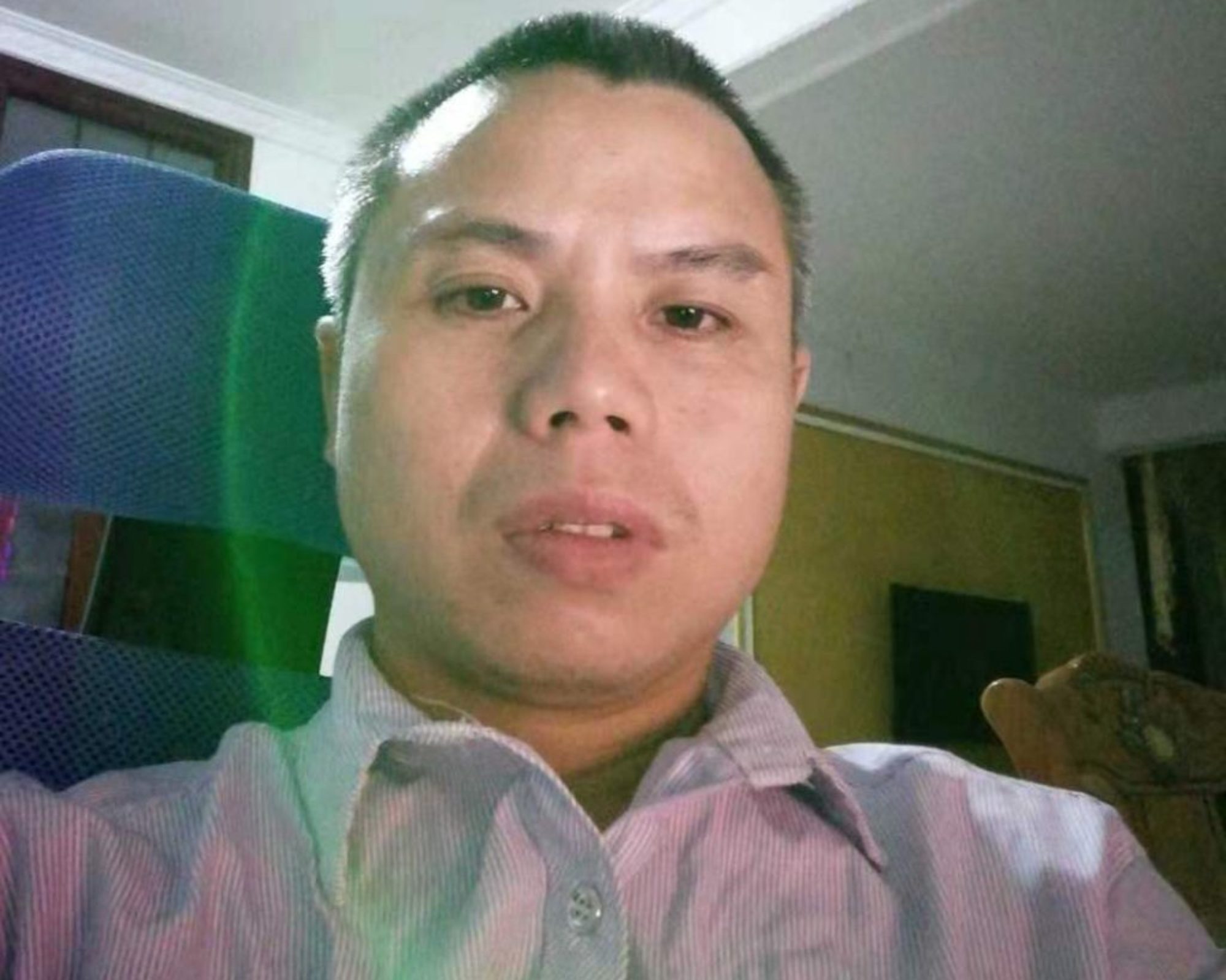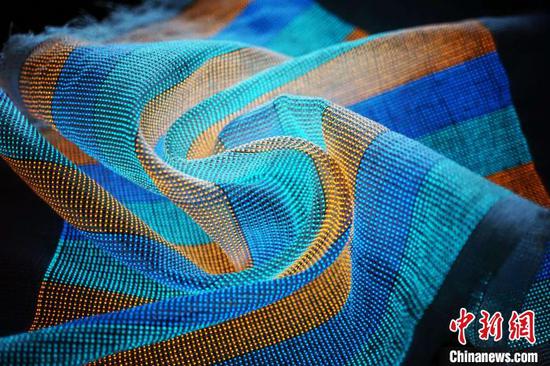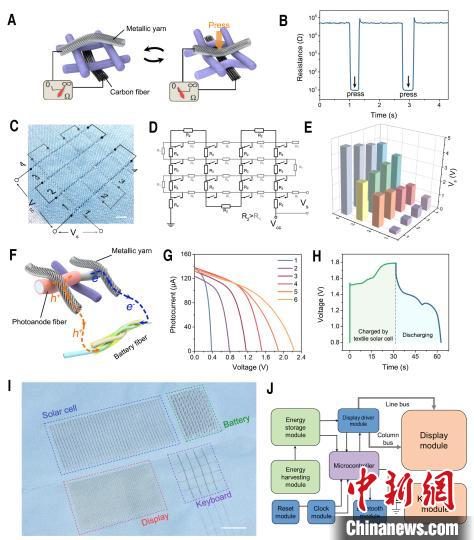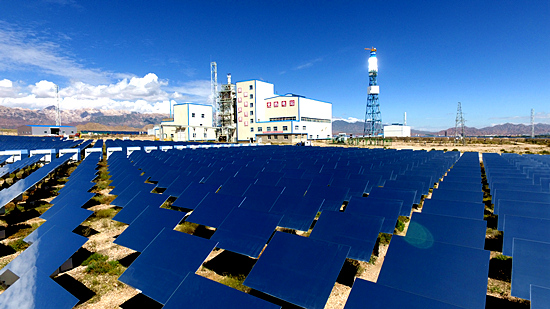(Xinhua)09:57, March 10, 2021![]()

Photo/thepaper.cn
The Hainan delegation to the ongoing fourth session of the 13th National Peoples Congress has put forward a proposal to establish a national laboratory that would boost innovation and development of the countrys seed industry at Sanya Yazhou Bay Science and Technology City in Hainan province.
The proposal touted Hainans unique advantages and conditions making it an ideal place to establish a national laboratory having seed research as its core business.
Thanks to Hainans tropical climate, more than 80 percent of the new plant varieties in China have been bred there. It attracts some 8,000 scientists and experts from around the country every year during winter and spring.
The Hainan provincial government has provided large areas of farmland as bases for scientific seed research and breeding. In addition, a number of important platforms 鈥?such as the National Tropical Agricultural Science Center and the Global Animal and Plant Germplasm Resources Introduction and Transfer Base 鈥?are being developed at Sanya Yazhou Bay Science and Technology City.
The central government released a master plan in June outlining a series of measures to turn all of Hainan Island into a high-level free trade port with strong international influence.
The proposal suggested that the Hainan FTPs preferential policies be fully leveraged to attract outstanding scientists from around the world, expand international cooperation and support exchanges in pursuit of breakthroughs in the seed industry.





